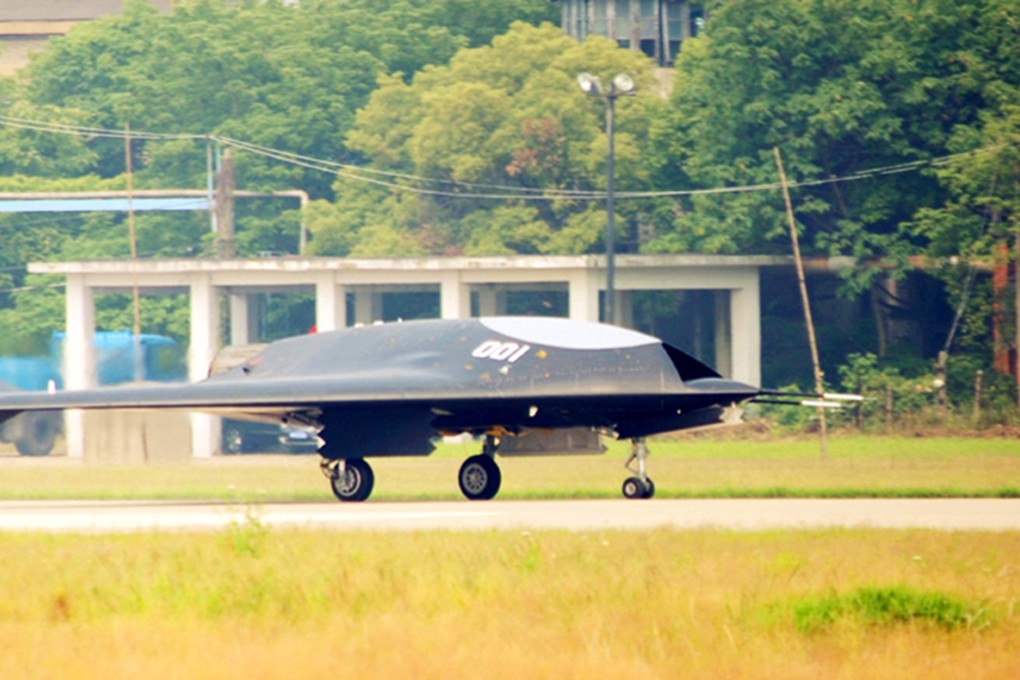China restricts exports of 'high performance' drones as national security fears heighten
National security move appears aimed at protecting key technologies

China will restrict exports of high-performance unmanned aerial vehicles (UAVs), commonly known as drones, from the middle of next month for reasons of national security, according to China’s state-run media.
The move aims to limit exports of military rather than commercial drones, industry insiders told Xinhua news agency and thepaper.cn.
The Ministry of Commerce and the General Administration of Customs issued a joint announcement Friday night urging manufacturers interested in exporting them to apply early for the proper certification.
This will now be required for drones that are capable of flying in gusty winds, that can fly for periods of one hour or longer, as well as those that can hover at heights of 15,420 metres, it said.
The regulation, due to take effect August 15, did not mention the size of the military drones being targeted. These can range in wingspan from less than half a metre to several metres wide.
To obtain approval, domestic drone makers will now have to offer the product’s technical specification, provide the name of the end user, and disclose its intended purpose.
